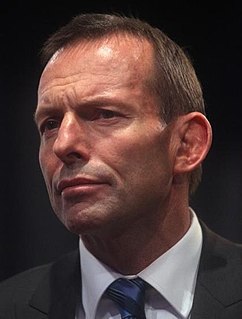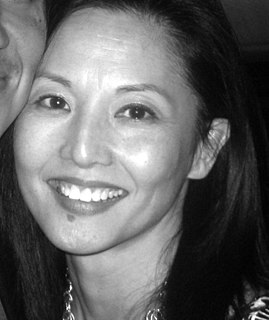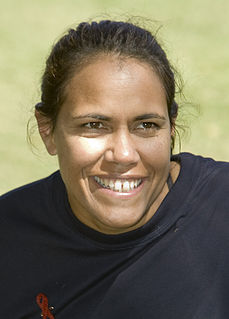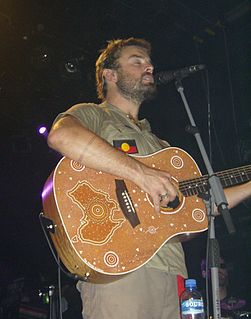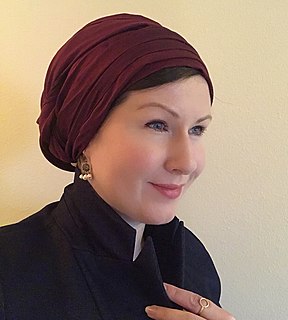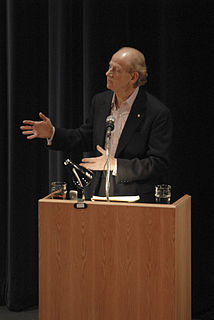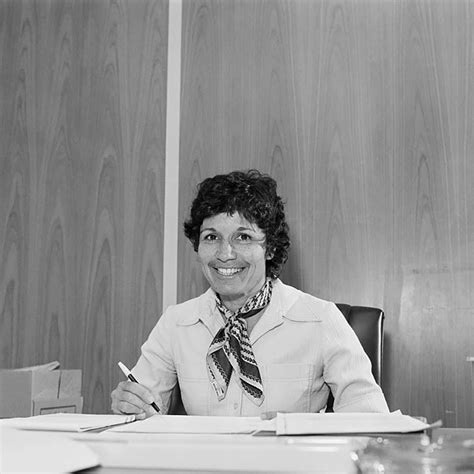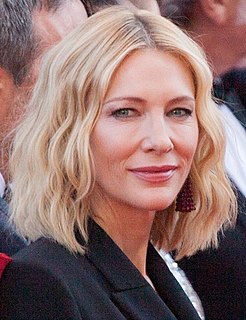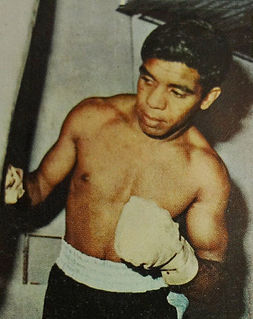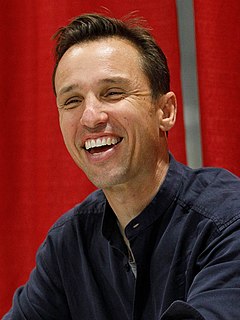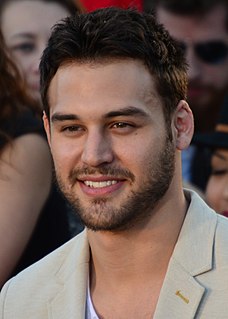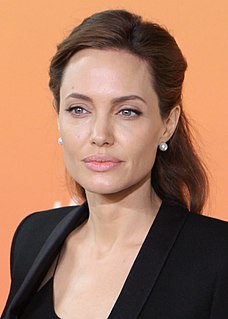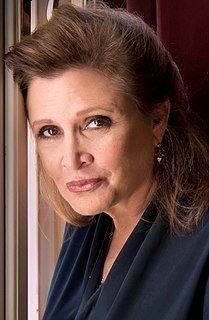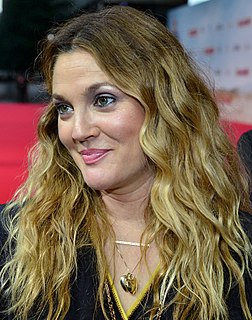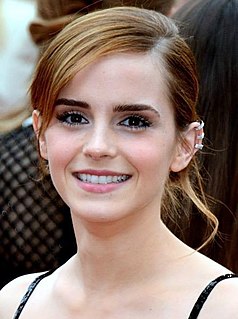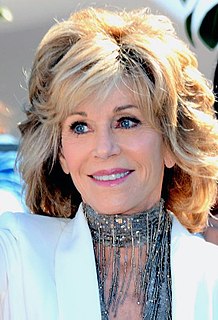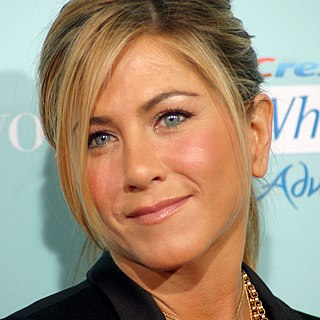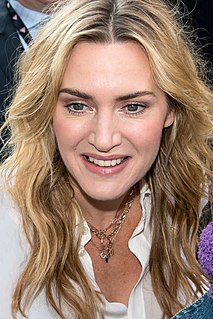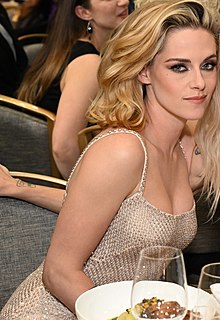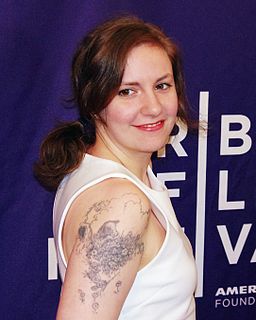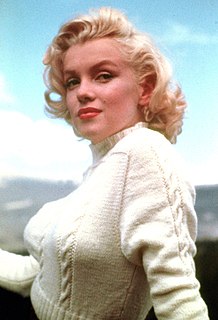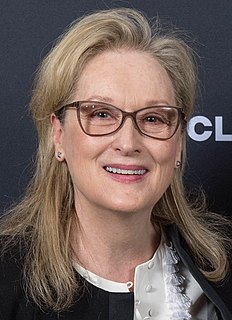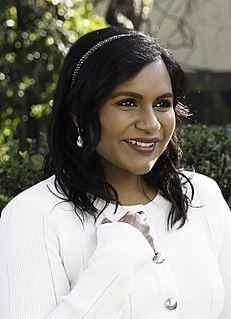A Quote by Shari Sebbens
People look at me and they don't see what they think is a typical Aboriginal.
Quote Topics
Related Quotes
It had never occurred to me that my colour - or lack of it - was an issue for some people, but then I moved to Sydney, and apparently it was. People look at me and don't see what they think is a typical Aboriginal. Thankfully, my mother raised me well in knowing where I come from and who I am, and I'm proud of that.
I want to be a positive role model, especially for kids and Aboriginal people... When people see me, often all they see is another Australian athlete having a go. It isn't until they see the full Cathy Freeman picture that they realise how proud I am of my ancestry and heritage. I'd like a little more tolerance and acceptance of my culture and all the differing cultures that make up Australia.
I don't want you to look at my skin and think "white" or look at my heritage and think "Mexican." I want you to look at me and see me as a human being, and hopefully, we can get past all of this other stuff. It's asking a lot, of course, but there's only one way you fight extremists on both sides, whether it be racist or not, and that's by looking past me, getting bigger than that, letting them not affect you, drawing from it and sticking together with the like-minded people you have around you.

